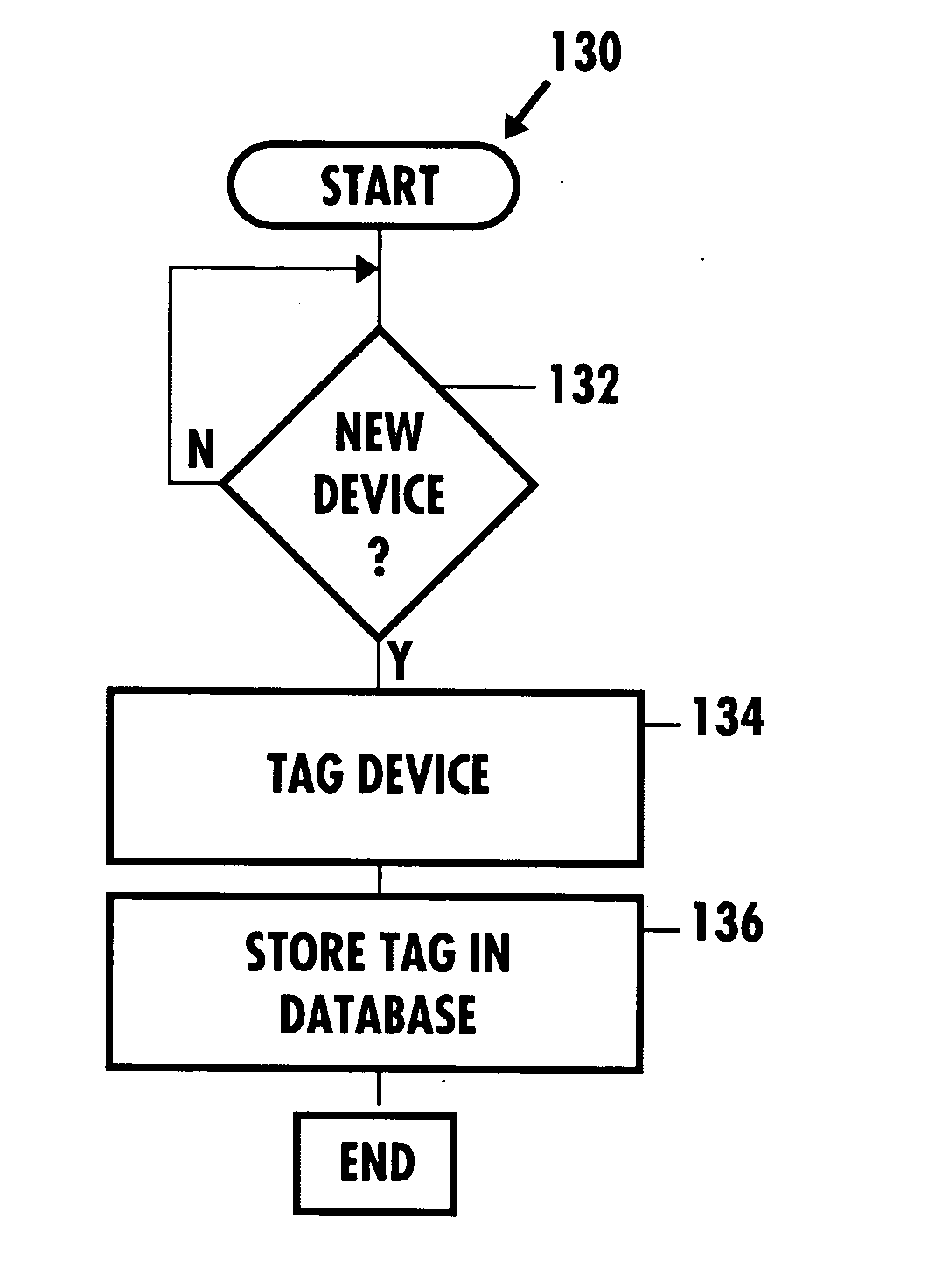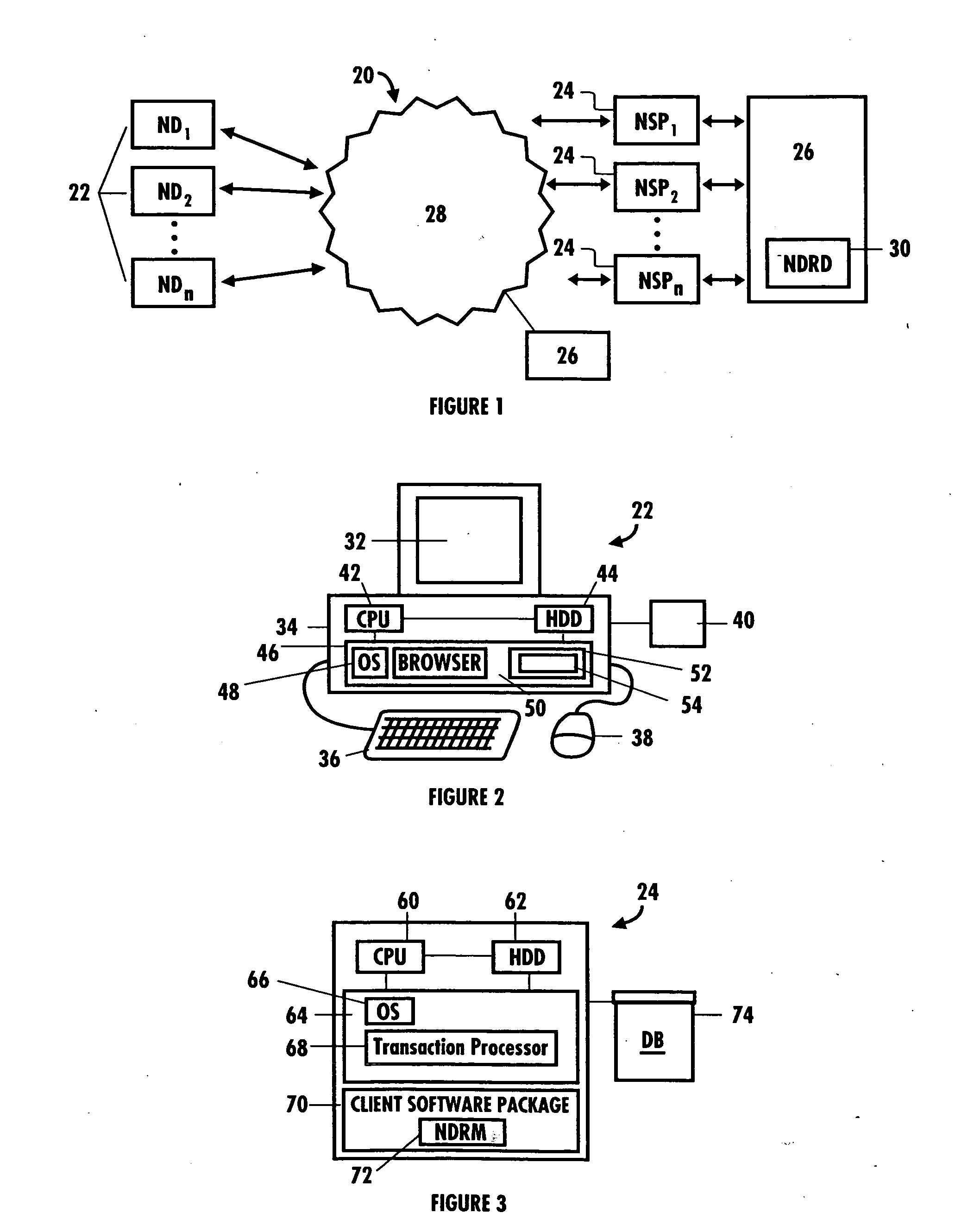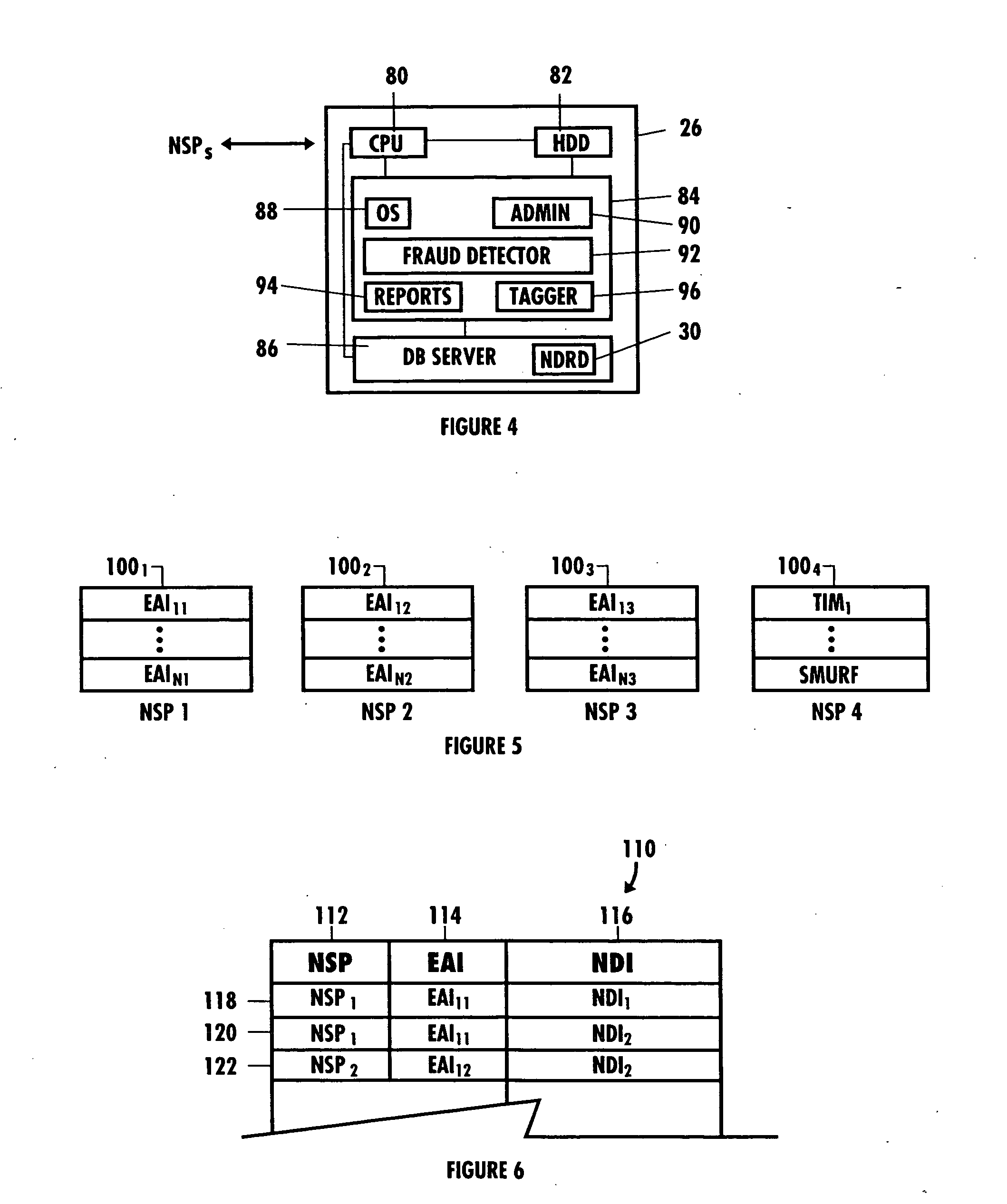Network security and fraud detection system and method
a fraud detection and network security technology, applied in the field of network security, can solve the problems of increasing the risks and costs associated with increasing the risks and costs of conducting business over the internet, and inconvenient and exploitable weaknesses
- Summary
- Abstract
- Description
- Claims
- Application Information
AI Technical Summary
Benefits of technology
Problems solved by technology
Method used
Image
Examples
Embodiment Construction
[0031] The invention is particularly applicable to an electronic transaction fraud detection system and method and it is in this context that the invention will be described. It will be appreciated, however, that the system and method in accordance with the invention has greater utility, such as to any type of transaction in which it may be desirable to detect fraud being carried out by one or more network devices and user accounts over a communications network, or even detecting and preventing potential fraud or identity theft by individuals trying to complete a transaction remotely by phone or mail, or even in person. An important aspect of this system and method is to associate two pieces of information about a transaction, monitor these associations for all customers, and share status information about these associations with other businesses. Illustrated below is the use of this system to correlate a physical device and a user. In accordance with the invention, the associating ...
PUM
 Login to View More
Login to View More Abstract
Description
Claims
Application Information
 Login to View More
Login to View More - R&D
- Intellectual Property
- Life Sciences
- Materials
- Tech Scout
- Unparalleled Data Quality
- Higher Quality Content
- 60% Fewer Hallucinations
Browse by: Latest US Patents, China's latest patents, Technical Efficacy Thesaurus, Application Domain, Technology Topic, Popular Technical Reports.
© 2025 PatSnap. All rights reserved.Legal|Privacy policy|Modern Slavery Act Transparency Statement|Sitemap|About US| Contact US: help@patsnap.com



